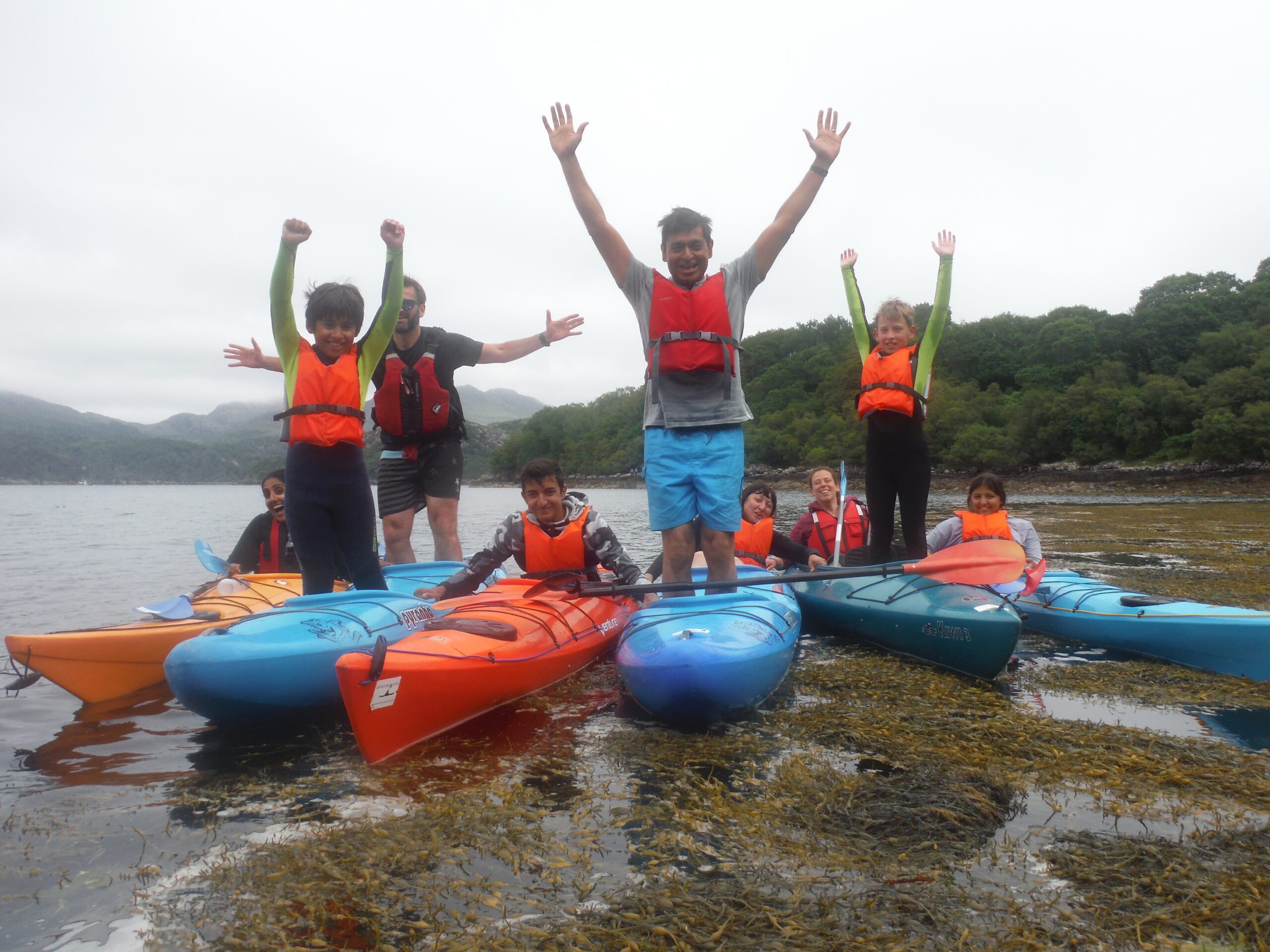Raj and friends go kayaking and seal watching.
Raj and friends take to Gairloch for some kayaking and seal watching.


Fun morning out with Raj and friends seal watching; we also saw eider ducks too.
The eider is the UK’s heaviest duck and its fastest flying. It is a true seaduck, rarely found away from coasts where its dependence on coastal molluscs for food has brought it into conflict with mussel farmers. This species dives for crustaceans and molluscs, with mussels being a favoured food. The eider will eat mussels by swallowing them whole; the shells are then crushed in their gizzard and excreted. When eating a crab, the eider will remove all of its claws and legs, and then eat the body in a similar fashion. Eiders are highly gregarious and usually stay close inshore, riding the swell in a sandy bay or strung out in long lines out beyond the breaking waves. It is an Amber List species because of its winter concentrations.
In the breeding season, eiders are best looked for from the Northumberland coast northwards and off the west coast of Scotland. They are found in the same areas in winter and also further south on the Yorkshire coast and around the east and south coast as far a Cornwall. Belfast Lough is a N Ireland stronghold and some are also found off the Welsh coast.
The eider’s nest is built close to the sea and is lined with eiderdown, plucked from the female’s breast. This soft and warm lining has long been harvested for filling pillows and quilts, but in more recent years has been largely replaced by down from domestic farm-geese and synthetic alternatives. Although eiderdown pillows or quilts are now a rarity, eiderdown harvesting continues and is sustainable, as it can be done after the ducklings leave the nest with no harm to the birds.
For details of our other paddling trips click here to view our website.

Comments are closed